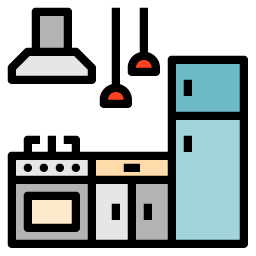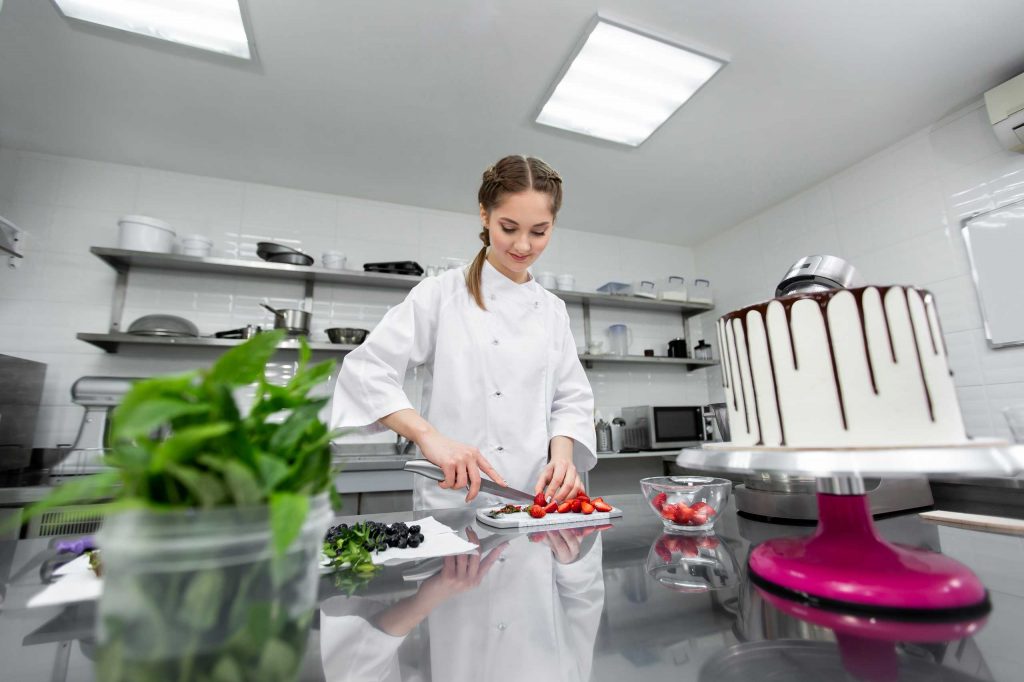We all want a kitchen that looks nice. But what if the way your kitchen is organized is making you tired, frustrated, and even less likely to cook? That’s not just a feeling — it’s a real effect of poor ergonomics.
An inefficient layout forces you to move more, bend more, and think more than necessary. And over time, this creates stress — both physical and mental.
So let’s talk about the hidden design flaws in most kitchens — and how to fix them with smarter, more ergonomic choices.
1. The Misplaced Essentials
One of the most common issues? Your most-used items are nowhere near where you use them. If your cutting board is three drawers away from your prep area, or you have to cross the kitchen to get to your spices — you’re wasting time and motion.
What to try instead:
Group tools by function and location. Store prep tools near your prep zone. Keep pots and utensils near your stove. Let every tool live near its “action zone.”
2. Ignoring Your Body’s Natural Flow
Standard kitchen designs often ignore the height, dominant hand, or reach comfort of the user. Reaching into low cabinets, lifting heavy items above shoulder level, or constantly twisting your spine just to stir something — these things take a toll.
Small ergonomic upgrades can include:
- Using risers or pull-out drawers to avoid deep bending
- Positioning daily-use tools at mid-height, between knees and shoulders
- Placing heavier items at waist level to reduce lifting strain
3. The Triangle Rule Still Works — If You Use It Right
You’ve probably heard of the “kitchen work triangle”: the idea that your sink, stove, and refrigerator should form a triangle for optimal movement. But that concept gets lost in modern layouts full of islands, open shelves, and Pinterest dreams.
Here’s how to make it work again:
- Clear the space between triangle points
- Place tools and ingredients within that triangle
- Reduce crossover paths — avoid placing the fridge behind a prep zone
Even small shifts in layout can help you save hundreds of unnecessary steps each week.
4. Over-designing = Overwhelm
A kitchen that’s too “busy” visually — with cluttered counters, too many open shelves, or over-decorated surfaces — creates cognitive overload. You feel tired just looking at it.
Create calm with:
- Closed storage for rarely used items
- One clean prep surface — always ready
- A limited palette of colors and textures to reduce visual chaos
Final Thoughts
Your kitchen doesn’t have to be a source of stress. With a few conscious changes based on ergonomic thinking, it can become a place where you feel supported, not strained.
Cooking should energize you — not exhaust you.

